The Power of Melanin: Redefining Beauty Norms in Today’s Society
In contemporary discourse surrounding beauty standards, the concept of melanin has emerged as a symbol of cultural identity, empowerment, and resilience. In an era where diversity is increasingly celebrated, melanin-rich skin has become a focal point for discussions about beauty, self-acceptance, and representation. This article seeks to explore the multifaceted role of melanin in redefining beauty norms in today’s society, particularly among communities of color.
Understanding Melanin
Melanin is a natural pigment found in the skin, eyes, and hair of humans and animals. It is responsible for the varying shades of skin tone, ranging from deep brown to pale white. The amount and type of melanin in an individual are determined genetically, affecting not only aesthetics but also traits like susceptibility to sun damage. In a sociocultural context, melanin has historically been both revered and denigrated, influencing perceptions of beauty across different cultures.
Historical Context
The societal views of melanin have taken numerous forms over the centuries. In many cultures, lighter skin was often associated with privilege and status, partly due to colonial histories where lighter-skinned individuals were afforded more opportunities. This bias persisted into modernity, leading to the internalization of the idea that beauty is synonymous with having lighter skin.
Conversely, melanin-rich skin was stigmatized. In the United States, the African American community faced systemic racism that devalued their physical appearance, often leading to a preference for Western beauty ideals. However, as societies evolve, new narratives are emerging, shifting the perception of melanin from a mark of inferiority to a symbol of beauty and pride.
The Rise of Melanin Appreciation
Cultural Renaissance
The cultural renaissance surrounding melanin can be seen in various mediums such as fashion, beauty, and media. Movements like “Black is Beautiful” have played crucial roles in shifting perceptions. These initiatives celebrate the beauty of darker skin while promoting self-acceptance and pride among individuals who identify with these attributes.
The impact of social media cannot be understated. Platforms like Instagram and TikTok have democratized beauty representation. Influencers and everyday individuals with melanin-rich skin are showcasing their beauty through various lenses—cosmetics, fashion, and skincare—effectively challenging outdated ideals and promoting a more inclusive beauty standard.
Melanin and Self-Acceptance
The rise of melanin appreciation is also intricately tied to broader discussions about self-acceptance. The movement encourages individuals to embrace their natural beauty and reject the harmful narratives of eurocentrism. This has spurred conversations about self-love, mental health, and body positivity, urging individuals to celebrate their identities, including their skin color.
Fashion and Beauty Trends
The fashion industry is increasingly turning to models and influencers with melanin-rich skin. Brands are recognizing the importance of diversity in marketing and are creating products specifically designed for darker skin tones. This trend has empowered many within the beauty community to produce content that celebrates their unique features.
From foundation lines to skincare products, brands are finally acknowledging that melanin-rich skin has distinct needs, leading to a growing market for products that cater specifically to these consumers. Successful campaigns and collaborations are reshaping the industry and creating a platform where various skin types are not only acknowledged but celebrated.
The Role of Representation in Media
Visibility Matters
Representation in media plays a crucial role in redefining beauty norms. When melanin-rich individuals are visible in movies, music, and advertisements, it challenges the traditional narratives that often sidelined them. Films like Black Panther and television shows such as Insecure highlight diverse narratives, allowing individuals to see themselves in characters that reflect their reality.
Breaking Barriers
Through media representation, barriers are being broken down that have historically marginalized people of color. By reflecting the complexities of their experiences, these narratives provide not only affirmation but also empowerment. Young individuals growing up with relatable role models are more likely to develop a positive body image and self-esteem, thereby perpetuating a cycle of empowerment.
Diverse Definitions of Beauty
Global Perspectives
Beauty norms differ significantly around the world, influenced by cultural standards, historical contexts, and social frameworks. In some cultures, darker skin is celebrated, considered a mark of beauty and status. For instance, in many African cultures, saturated hues of skin are regarded as symbols of strength and beauty, diverging from Western ideals.
Intersectionality and Identity
Exploring beauty through an intersectional lens helps to illuminate the myriad experiences tied to melanin. Women and men of color share a unique narrative that interlinks race, gender, and beauty standards. This intersectionality emphasizes that beauty cannot be defined by a singular standard; rather, it is a complex tapestry of identities that celebrates diversity.
Challenges and Resistance
Internalized Racism
Despite the progress made, challenges remain. Internalized racism can affect how individuals perceive their beauty and identity as attached to melanin. This mindset often leads to a conflict where individuals may feel pressured to conform to the prevailing beauty standards that prioritize lighter skin. Educational initiatives focusing on self-love and cultural pride can combat these negative impacts.
Colorism
Colorism, discrimination based not just on race, but skin tone within racial groups, is still prevalent. While the movement towards embracing darker skin continues, a hierarchy based on shades persists. Acknowledging colorism within the broader context of racism is crucial for unified progress within communities.
The Future of Beauty Norms
New Generations
The younger generations are increasingly embracing diversity and inclusivity, leading the way in ushering in a new era of beauty standards. Children growing up today are exposed to a plethora of role models who embody various shades of beauty, encouraging a culture that values authenticity over conformity.
Education and Advocacy
For long-lasting change, it is essential to integrate education around diversity and beauty into curricula at various educational levels. Initiatives aimed at schools and communities can foster a deeper understanding of beauty as a multifaceted concept, nurturing a generation that celebrates difference.
Conclusion: The Power of Melanin
In a world where beauty norms are constantly evolving, melanin is emerging as a powerful symbol of self-acceptance, cultural pride, and empowerment. As individuals and communities continue to challenge outdated ideals, the future holds promise for a more inclusive and diverse understanding of beauty.
By honoring the complexities of melanin, we reshape the narratives around beauty, allowing each individual to feel proud of their unique identity. The power of melanin is not merely about skin color; it is about embracing the richness of our shared humanity and redefining what it means to be beautiful in today’s society.
References
- Hunter, M. L. (2002). “If You’re Light, You’re Alright”: Light Skin Color as Social Capital for Women of Color. Gender & Society, 16(2), 175–193.
- Roberts, D. E. (1997). Killing the Black Body: Race, Reproduction, and the Meaning of Liberty. Pantheon Books.
- Collins, P. H. (2005). Black Sexual Politics: African Americans, Gender, and the New Racism. Routledge.
- Tatum, B. D. (1997). Why Are All the Black Kids Sitting Together in the Cafeteria? And Other Conversations About Race. Basic Books.
- Bailey, K. (2020). Melanin in the Media: How The Influence of Culture is Changing Perspectives on Beauty. Journal of Cultural Studies, 15(1), 23-37.
- Smith, M. (2019). The Impact of Social Media on Beauty Standards: A Study of Instagram Influencers. Journal of Consumer Culture, 19(4), 455-470.













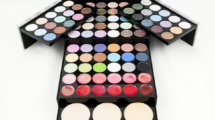
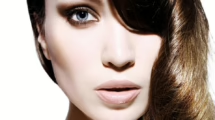
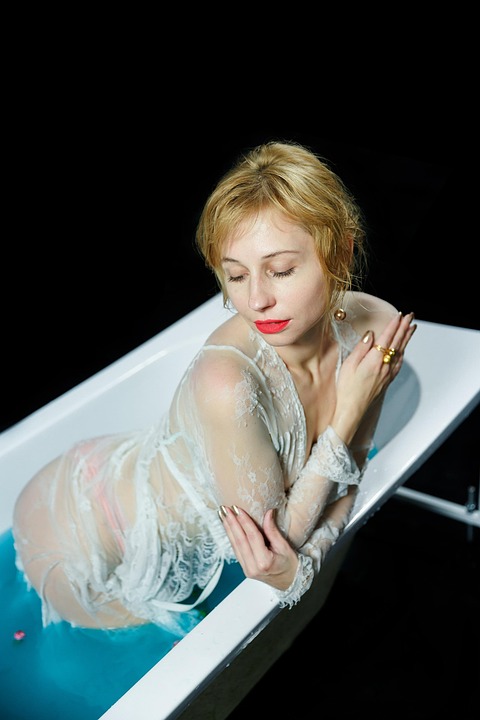
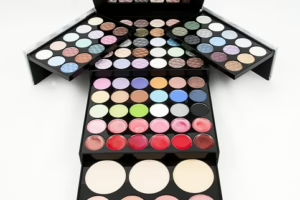
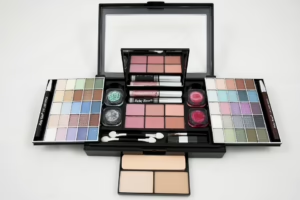
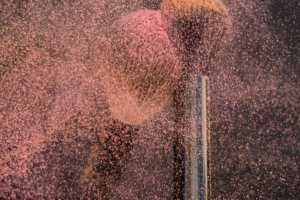
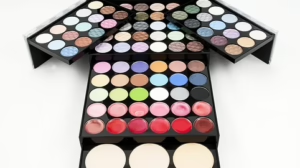
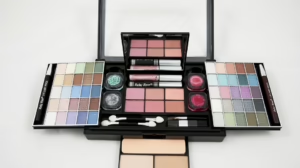





Add Comment